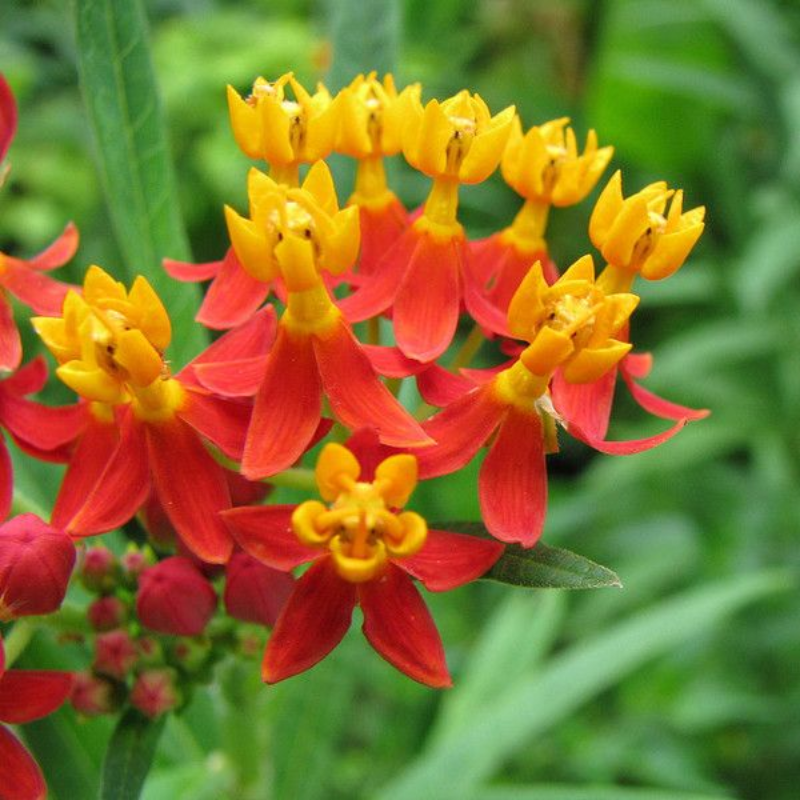- Species and varieties: Asclepias syriaca, commonly known as common milkweed, is a species of flowering plant in the Apocynaceae family. It is native to North America and is known for its role in supporting monarch butterfly populations. There are no significant varieties of Asclepias syriaca, but it is part of a larger genus that includes other milkweed species.
- Hybrid or heirloom: Asclepias syriaca is considered an heirloom plant. It is not typically hybridized and is valued for its traditional and ecological significance, particularly in supporting pollinators like monarch butterflies.
- Pruning and training: Pruning is not typically necessary for Asclepias syriaca. However, deadheading spent flowers can encourage more blooms and prevent unwanted self-seeding. If the plant becomes too tall or leggy, it can be cut back to promote bushier growth.
- Fertilization needs: Asclepias syriaca does not require heavy fertilization. In fact, it can thrive in poor soils without additional nutrients. If desired, a light application of a balanced, slow-release fertilizer in the spring can support growth, but it is generally not necessary.
- Hardiness zones: Asclepias syriaca is suitable for USDA hardiness zones 3 through 9. It is a hardy plant that can tolerate a wide range of temperatures and conditions.
- Climate requirements: Common milkweed thrives in full sun and well-drained soil. It is drought-tolerant once established and can grow in a variety of soil types, including sandy, loamy, and clay soils. It prefers a temperate climate and can withstand cold winters and hot summers.




